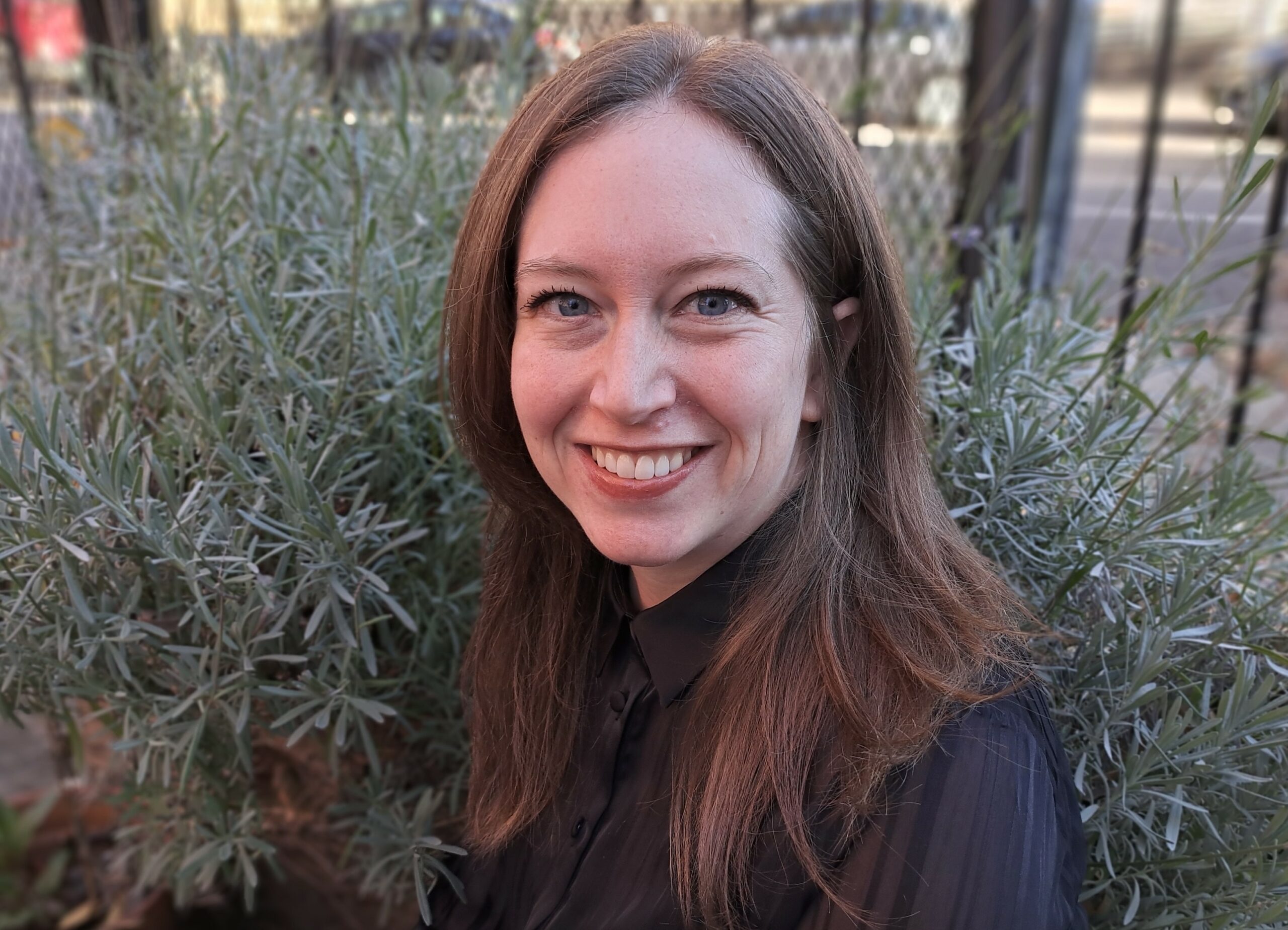
K.C. Alvey grows the public will, capacity, and understanding of urban agriculture. As a policy advisor at the Mayor’s Office of Urban Agriculture, she highlights the importance of urban agriculture on health and community, and its overall impact on the city. Read her full bio below.
We spoke to K.C. about her work in the Mayor’s Office, the role of community engagement, and how every New Yorker can lend their support to NYC’s community gardens and green spaces.
UDF: What do you do for a living?
KCA: I work as a Policy Advisor with the New York City Mayor’s Office of Urban Agriculture. The office was founded about a year ago by City Council mandate, and we’re housed within the New York City Mayor’s Office of Climate & Environmental Justice. In my role, I support policy research and stakeholder engagement on all things related to urban agriculture at the city, state and federal level. Our office is focused on expanding food production within the five boroughs, as well as strengthening the local and regional food system with a lens of racial and economic equity. And our mission is multipronged: we’re focused on expanding access to fresh food, while also promoting urban agriculture as a tool for inclusive economic development and climate resiliency.
Can you explain more what urban agriculture is, for folks who aren’t familiar, or for whom it might even feel like an oxymoron?
KCA: Great question. So urban agriculture is a diverse sector, and there’s no single definition. But urban agriculture can be understood as a range of practices focused on cultivating, processing, and distributing agricultural products within urban areas. So that includes growing vegetables or herbs, flowers, whether in community gardens, residential areas, backyards, soil-based outdoor farms, rooftops, or indoor farms. That can include controlled environment agriculture, like hydroponics, aquaponics, and some urban farms raise chickens for eggs, or keep bees for honey, or have composting systems that process food scraps. Of course, in cities, I would also say that urban agriculture is a form of green infrastructure. It’s an important piece of our city’s response for absorbing stormwater, and growing native plants for pollinators and supporting the ecological health of our urban landscapes. Another piece of urban agriculture that’s important, if not always front and center, is the food system infrastructure necessary for processing and distributing locally- or regionally-grown food. And that includes farmer’s markets, farm stands, community-supported agriculture, and cold storage. It’s a pretty wide array of practices and pieces necessary to having a strong thriving local and regional food system.
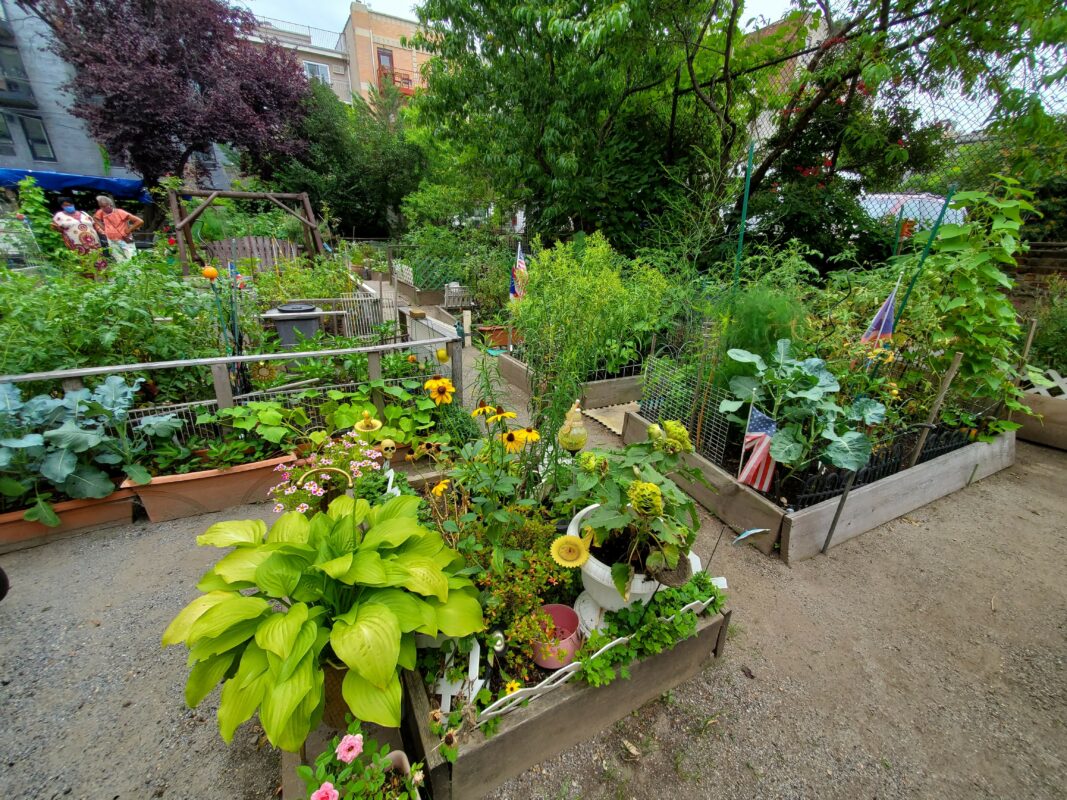
How did you get into this type of work?
KCA: I’ve worked with a number of different nonprofit and public sector organizations over the past 10 plus years focused on climate equity, sustainability, and food systems. I have a background in advocacy and organizing around climate change, as well as managing green infrastructure projects. For the last seven years, I’ve worked with the City, most recently for NYC Parks GreenThumb, where I worked as a Senior Community Engagement Coordinator, focused on capacity-building, material support, and technical assistance for community gardens. I worked with about 50 community gardens in several different neighborhoods of Brooklyn. I really enjoyed that work. A lot of my work involved supporting volunteer-run groups with facilitation and thinking through their governance structures, including their membership procedures and how they make decisions together. I also supported community-led design processes with my colleagues and gardeners, in cases where we were able to redesign and rebuild gardens that needed physical improvements. And during that time, I also completed a Master of Urban Planning at Hunter College, where I concentrated in climate resilience and environmental justice. I’m passionate about supporting community-driven planning and policymaking.
My current role brings together a lot of my professional experience with community engagement, as well as the opportunity to do more policy analysis and community-based planning to support equitable, healthy and climate resilient neighborhoods.
What impact does urban agriculture have on people’s livelihoods and health?
KCA: Community gardens and urban agriculture more broadly impact the livability and sustainability of our neighborhoods in several different ways. Those can include providing critical green space, whether for respite or community education, and green spaces to help keep our neighborhoods cool, absorb stormwater, enhance biodiversity and improve soil health (which sometimes we don’t think about as being important in cities). But it also creates green jobs and strengthens the regional food economy.
Examples of this work in New York City include Phoenix Community Garden in Ocean Hill, Brownsville, which hosts Fresh Food Box programs offering fresh, affordable produce from regional farms and often supplemented with produce grown on site, too. It speaks to the ways that urban agriculture can directly serve neighborhoods and improve health and wellness. A lot of community gardens also host public programs. That includes the annual GreenThumb Open Garden NYC weekend where the vast majority of the city’s gardens open their gates and welcome neighbors to come in for free programming.
As I’ve met with community gardeners, one story that really resonated with me was from Hurricane Sandy, when gardeners in the Lower East Side gathered with their neighbors in community gardens that had solar panels, and could share information and charge phones in the immediate aftermath of the storm. That shows the role these spaces can play for community resilience and mutual aid work, now, and in the coming months and years.
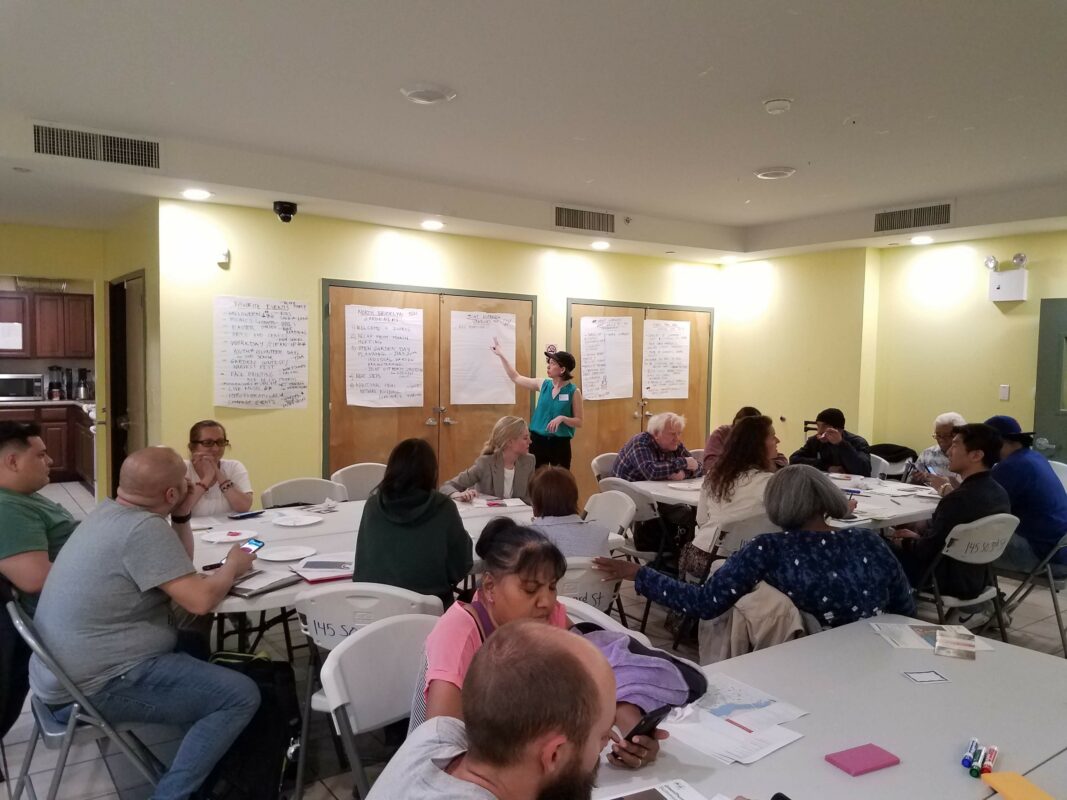
It seems that this is an environmental issue as much as it is a food issue, right?
KCA: This work is very interconnected with so many parts of sustainability. At the end of the day, it’s really important to have a thriving local and regional food system in the face of climate disasters, and even economic disruptions, like we saw at the beginning of COVID-19. Regenerative agricultural practices help create healthy soils that are better able to absorb stormwater during heavy rain events, as well as sequester carbon. And of course, reducing food miles and protecting working agricultural lands and our watershed are vital to creating a more sustainable and equitable food system. Many forms of outdoor urban agriculture or rooftop farms also are nature-based solutions for mitigating extreme heat.
Urban land is scarce. With a housing shortage and a great demand for space, how does agricultural land fit into New York City?
KCA: That’s an important consideration in a place as dense as New York City. In my view, that highlights the need for comprehensive and community-based urban planning throughout New York City, particularly with the lens of climate equity. The more that communities can be engaged in thoughtful deliberations about land use decisions in their neighborhoods, the more that city agencies can be responsive to several pressing needs, while balancing city-wide, long-term infrastructure priorities. With respect to urban agriculture, it’s important to keep in mind that urban agriculture has many co-benefits for meeting multiple city goals and priorities. With smart planning, we can maximize the benefits that we get out of urban agriculture and think about how it can be integrated into many different initiatives and priorities. I also think that it’s critical for us to think through ways to ensure that public land is used for public good. Community land trusts are leading the way in developing models to ensure that land remains permanently affordable for different community needs, whether that’s deeply affordable housing, open spaces, urban agriculture, small businesses, and other essential uses.
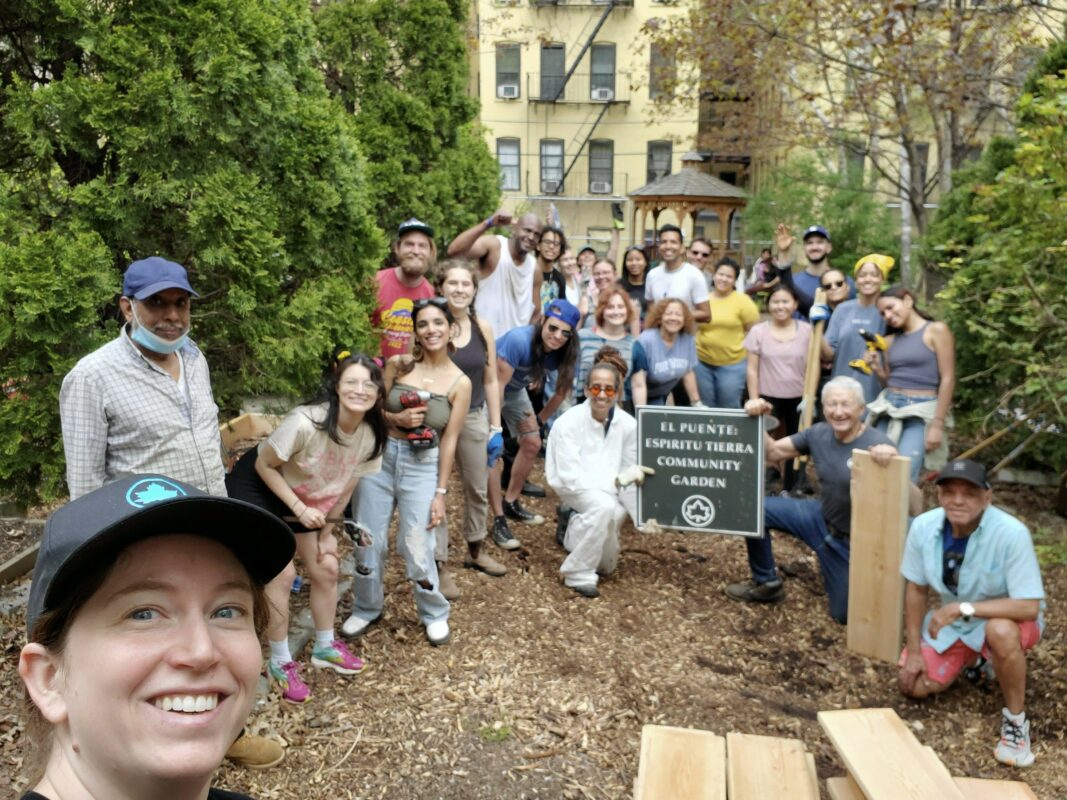
You’ve spent a good amount of time conducting community engagement on this issue. What do you feel like the gaps are in like public understanding or buy-in?
KCA: There is a lot of interest in urban agriculture, but people sometimes aren’t aware of how deep the roots are of urban agriculture in New York City. Our city has a long history of urban agriculture, and the largest community gardening program in the country, with over 550 volunteer-run community gardens registered with NYC Parks GreenThumb. And many of those gardens grow food, while others are botanical spaces. The vast majority of community gardens were started during the city’s fiscal crisis in the 1970s, as residents took over vacant lots that were scattered throughout New York City. From redlining and other forms of institutional racism, Black and brown neighborhoods were particularly hard hit by disinvestment. Residents in these neighborhoods came together to turn vacant lots into places where their children could play safely outside and connect with nature. Over the decades, community leaders transformed these lots into thriving community gardens, often out of their own pockets, and organized to protect them. NYC Parks GreenThumb was established in 1978 as a product of that advocacy, to support the network of community gardens. The advocacy and interest has continued since then. At the Mayor’s Office of Urban Agriculture, we’re building upon a significant amount of history, and are excited to support these spaces that are essential for our neighborhoods.
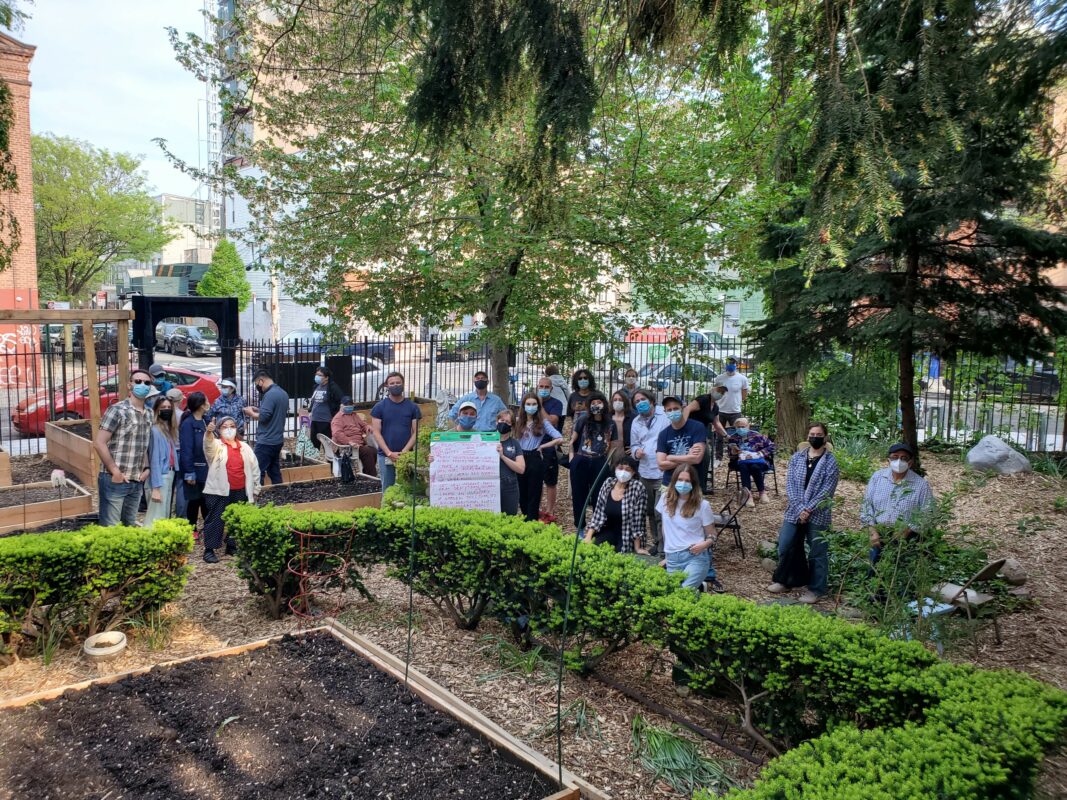
For somebody who is interested in urban agriculture and doesn’t know where to begin, how would you recommend they get involved or learn more?
KCA: I’d definitely say to check out the Mayor’s Office of Urban Agriculture website where you can learn more about the policies and resources that exist for different forms of urban agriculture, including commercial urban agriculture enterprises, non-profit urban farms, school gardens, and volunteer-run community gardens.
If you’re interested in volunteering, I recommend going to the NYC Parks GreenThumb website’s Find a Garden map. It maps all the 550 community gardens city-wide, and has addresses and contact information for either the Community Engagement Coordinator, or the volunteer stewards who manage these spaces.
Turning to like a little bit more about yourself, when you’re not working on urban farming, what is it that you like to do?
KCA: I like getting outside—which might be understandable—and exploring different neighborhoods by bike. I love checking out the city’s greenways as well as going for hikes in the region that are accessible by public transit. And on days I don’t want to be outside, reading, writing and yoga.
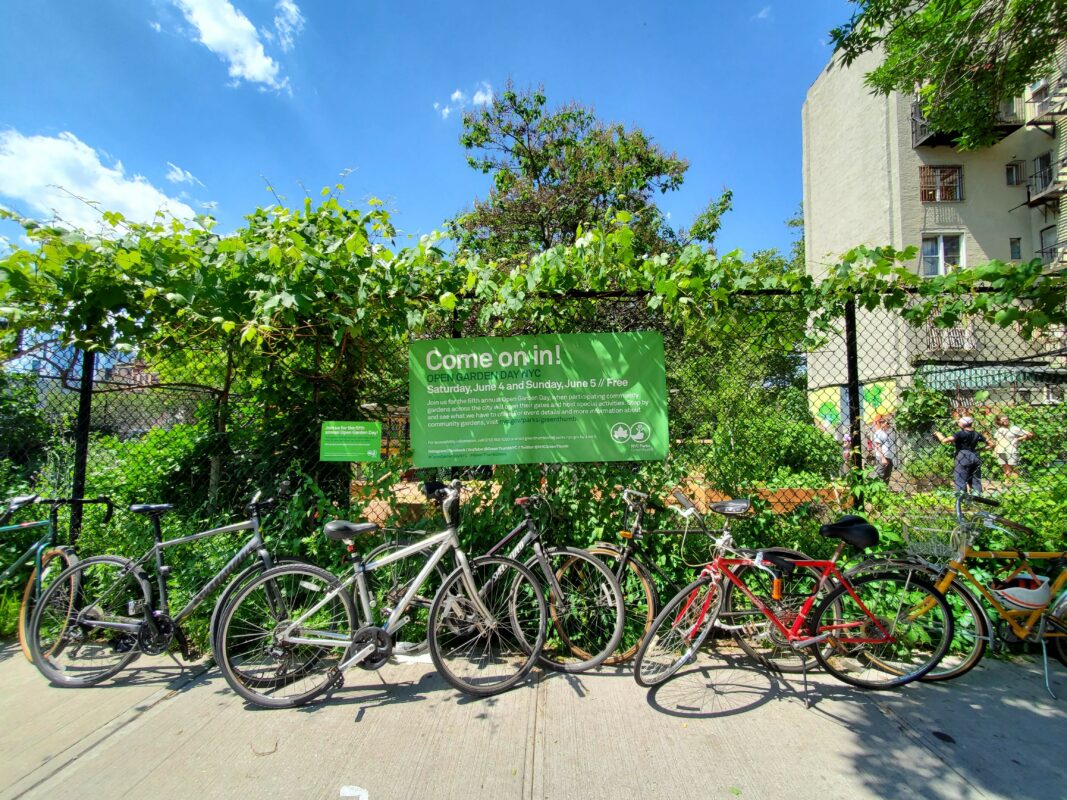
Do you have a favorite podcast?
KCA: My go-to is the Brian Lehrer Show on WNYC for all things city, state and federal politics. I love that there’s also the call-ins that can be lighthearted, meaningful and informative. It’s always a refreshing snapshot of the state of our city.
What’s something that makes you hopeful?
KCA: In community gardens and urban agriculture, there’s a real opportunity to practice democracy. You have to learn how to make decisions together and build those muscles, which is not easy. But it’s important. The fact that so many people are interested in getting their hands dirty—literally and figuratively—doing the hard work of implementing solutions to the many crises we face, block by block, that definitely gives me a lot of hope.
This interview was edited and condensed for clarity.
All images courtesy of K.C. Alvey
K.C. Alvey is a Policy Advisor with the NYC Mayor’s Office of Urban Agriculture, within the Mayor’s Office of Climate & Environmental Justice. Her work focuses on stakeholder engagement, policy analysis, research, facilitation, and project management to create more equitable, healthy, and climate-resilient neighborhoods through urban agriculture. K.C. has over 10 years of experience working with city agencies and non-profit organizations focused on climate equity and green infrastructure, including 350.org and Cornell Cooperative Extension. Previously, K.C. worked as a Senior Community Engagement Coordinator with NYC Parks GreenThumb. She is passionate about community-engaged planning, design, and policymaking. In 2022, she participated in the Design for Civic Change fellowship with the Center for Urban Pedagogy. K.C. holds a Master of Urban Planning with a concentration in climate resiliency and environmental justice from Hunter College and a B.S. in Natural Resources with a minor in Law & Society from Cornell University.